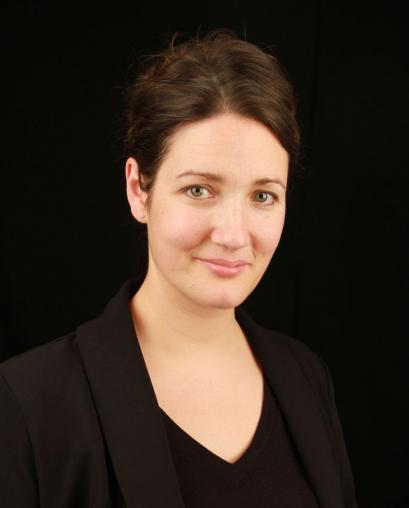 Dr. Amanda Lahikainen (PhD ‘11) has recently started a new position as Executive Director of the Ogunquit Museum of American Art. She comes to museum administration after spending years in academia, most recently as Chair of the Art Department and Associate Professor of Art History at Aquinas College in Grand Rapids, Michigan. While at Brown, Amanda held a Proctorship at the RISD Museum. Prior to working at Aquinas College, she taught at Brown, Rhode Island College, CCRI, Roger Williams University in RI, and the RISD department of architecture.
Dr. Amanda Lahikainen (PhD ‘11) has recently started a new position as Executive Director of the Ogunquit Museum of American Art. She comes to museum administration after spending years in academia, most recently as Chair of the Art Department and Associate Professor of Art History at Aquinas College in Grand Rapids, Michigan. While at Brown, Amanda held a Proctorship at the RISD Museum. Prior to working at Aquinas College, she taught at Brown, Rhode Island College, CCRI, Roger Williams University in RI, and the RISD department of architecture.
What do you remember most fondly about your time at Brown and in Providence?
In particular, I think back on many conversations I had with Professors K. Dian Kriz and Dietrich Neumann. They influenced me so much, even though they studied such vastly different areas of art and architectural history. During a class early in my time at Brown, Professor Kriz introduced me to Graphic Satire of the eighteenth century. She ultimately shaped my dissertation topic and theoretical foundation. I also remember a practicum we had with Professor Neumann, focusing on Friedrich St. Florian, a RISD professor who created the National World War II Memorial in Washington DC. We designed an exhibit at the Bell Gallery and all wrote essays for the catalogue. The HIAA graduate program requires a practicum as part of its core curriculum. It was a great experience.
Key to my development as a lecturer and teacher were the many Teaching Assistantships the department offered me. Especially the big lecture classes. It was a fabulous experience to work with such extremely capable undergrads. My experience as a TA helped me land my first teaching jobs - I was an adjunct at various points during my time there at Roger Williams, RISD, RIC, WPI, and CCRI.
Mainly, what I love about Brown is its intellectual creativity and inclusivity. This was evident in the title of our department - The History of Art and Architecture. I liked the emphasis on both art and architectural history and I learned how they are both so intimately related. At Brown, I was given broad exposure to art and architecture from around the globe.
You are starting a new job during an auspicious time. What are your thoughts on what's going on in the field now, and how do you think your beginnings at the Ogunquit Museum will be influenced by the pandemic?
Most directly, because of COVID19, the second half of OMAA’s season was moved to 2021. We hope to open in July. With six shows, including one with some very cool mechanical foxes, our season will not disappoint. Once we open, Wednesdays from 10-1 will be reserved for those from particularly vulnerable populations and offer enhanced precautions. OMAA wants to be a place where people can come for healing and reflection. Art can help us navigate the broader reopening process and national discourse. I’ve been talking to museum directors across the country. It will be a challenge.
What are you most looking forward to in this new position -- especially moving from primarily university teaching to an executive management position?
This is my dream job. All the experiences at Brown and my other collegiate work contributed to this next step at OMAA. Unlike previous jobs, I’m going to be in a position to offer a comprehensive vision and oversee all aspects of museum operations - from curatorial work, budget, and community outreach, to marketing and fundraising.
I am honored to lead OMAA with its wonderful collection, its sculpture garden, and strong sense of place. The Museum is an important and beloved asset of the region and has a wonderful record of recent growth and accomplishment.
What do you want us to know about the museum, so when the world opens up again, we will all want to race up to Maine to visit?
I’m inspired by the history here. The museum was started by Lost Generation artist Henry Strater and opened in 1953. He was closely connected to two of America’s earliest art colonies that directly contributed to the roots of American modernism. Our collection grew out of that foundation.
I’m looking forward to opening this summer despite the pandemic. We have a three-acre sculpture park with world-class landscape design and our building is right on a beach (called narrow cove). There’s a real sense of calm, filling up all the senses - sight, sound, and smell. Our gardens will be a peaceful place to come. Please visit us. Brown University is always welcome here.
